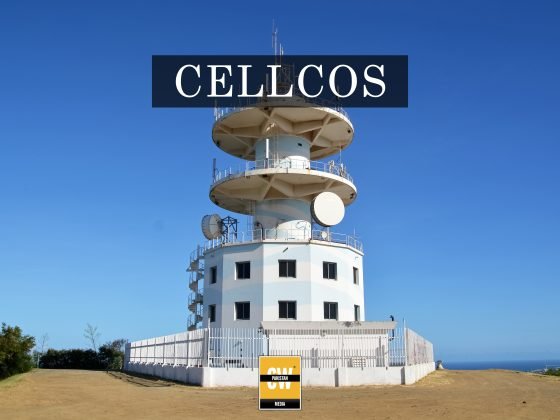The Pakistan Telecommunication Authority (PTA) is propelling forward into the realm of cutting-edge wireless connectivity by initiating a committee to delve into Wi-Fi 6E co-existence.
Responding to the global surge in leveraging the 6 GHz wireless spectrum for heightened internet connectivity, the PTA has set its sights on embracing Wi-Fi 6E, an advanced iteration of Wi-Fi 6 (IEEE standard 802.11ax). Boasting accelerated speeds, diminished latencies, broader frequency bands, augmented channels, reduced interference, elevated throughput, and enhanced capacity, Wi-Fi 6E offers a myriad of benefits, as outlined in a recent PTA document.
The comprehensive study titled ‘Considering Wi-Fi 6E Bands for Adoption in Pakistan’ scrutinized multiple facets, including adoption necessity, international regulatory acceptance, domestic usage patterns, and global best practices. Collaborating with key stakeholders such as the Ministry of Information Technology and Telecommunication (MoITT), Frequency Allocation Board (FAB), and Pakistan Space and Upper Atmosphere Research Commission (SUPARCO), the PTA has established a testing framework to facilitate meticulous evaluation.
With a resolute commitment to seamlessly integrating advanced technologies into Pakistan’s telecommunications framework, the PTA remains vigilant in monitoring global trends and conducting rigorous research endeavors. These efforts aim to inform strategic decisions, enrich consumer experiences, and propel Pakistan to the forefront of digital innovation.
Yet, despite the promising prospects of Wi-Fi 6E, there are pertinent challenges concerning spectrum management, interference mitigation, and regulatory adherence that warrant meticulous consideration. The effective co-existence of Wi-Fi 6E alongside existing wireless technologies necessitates meticulous planning, collaborative efforts, and strict adherence to international standards.









